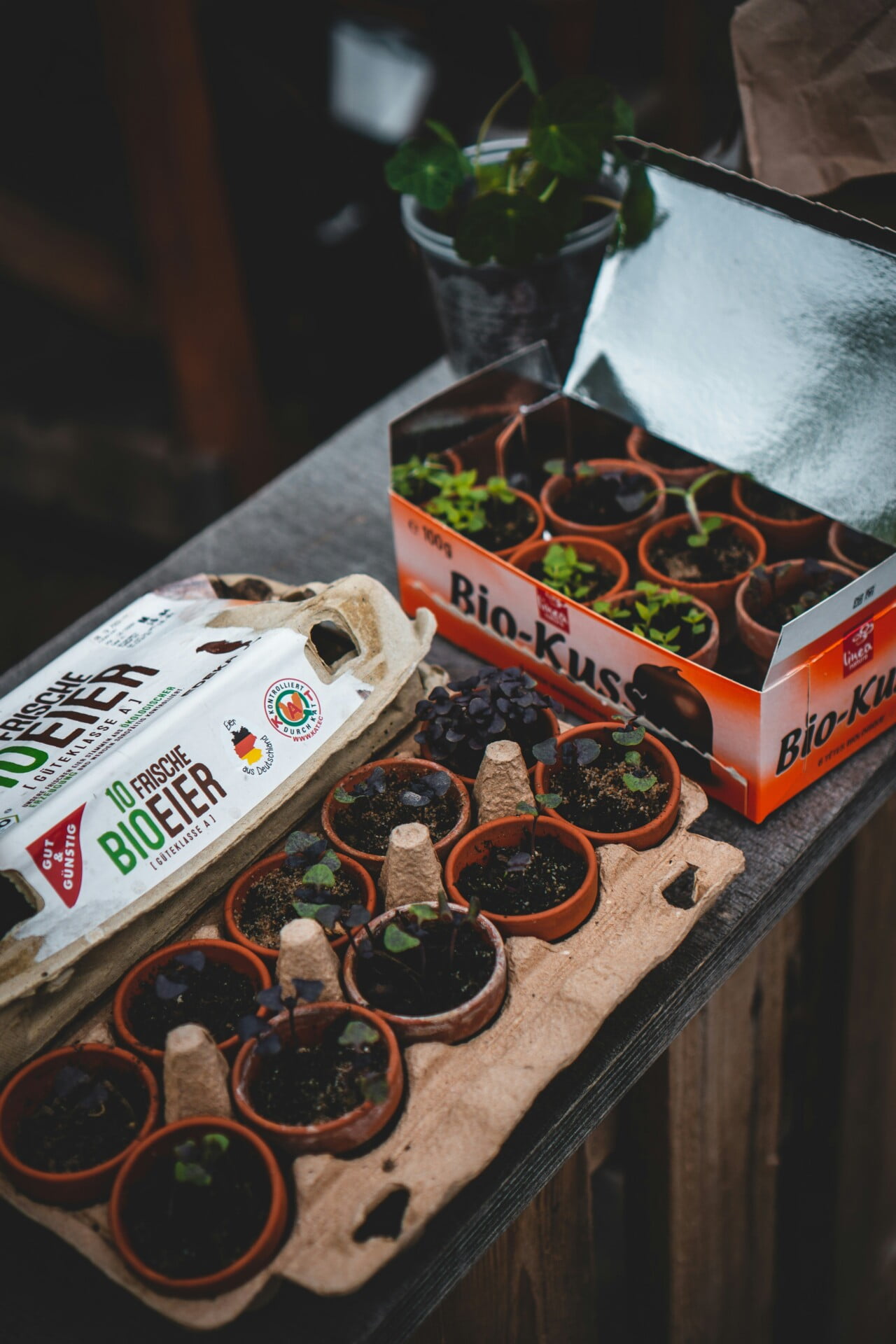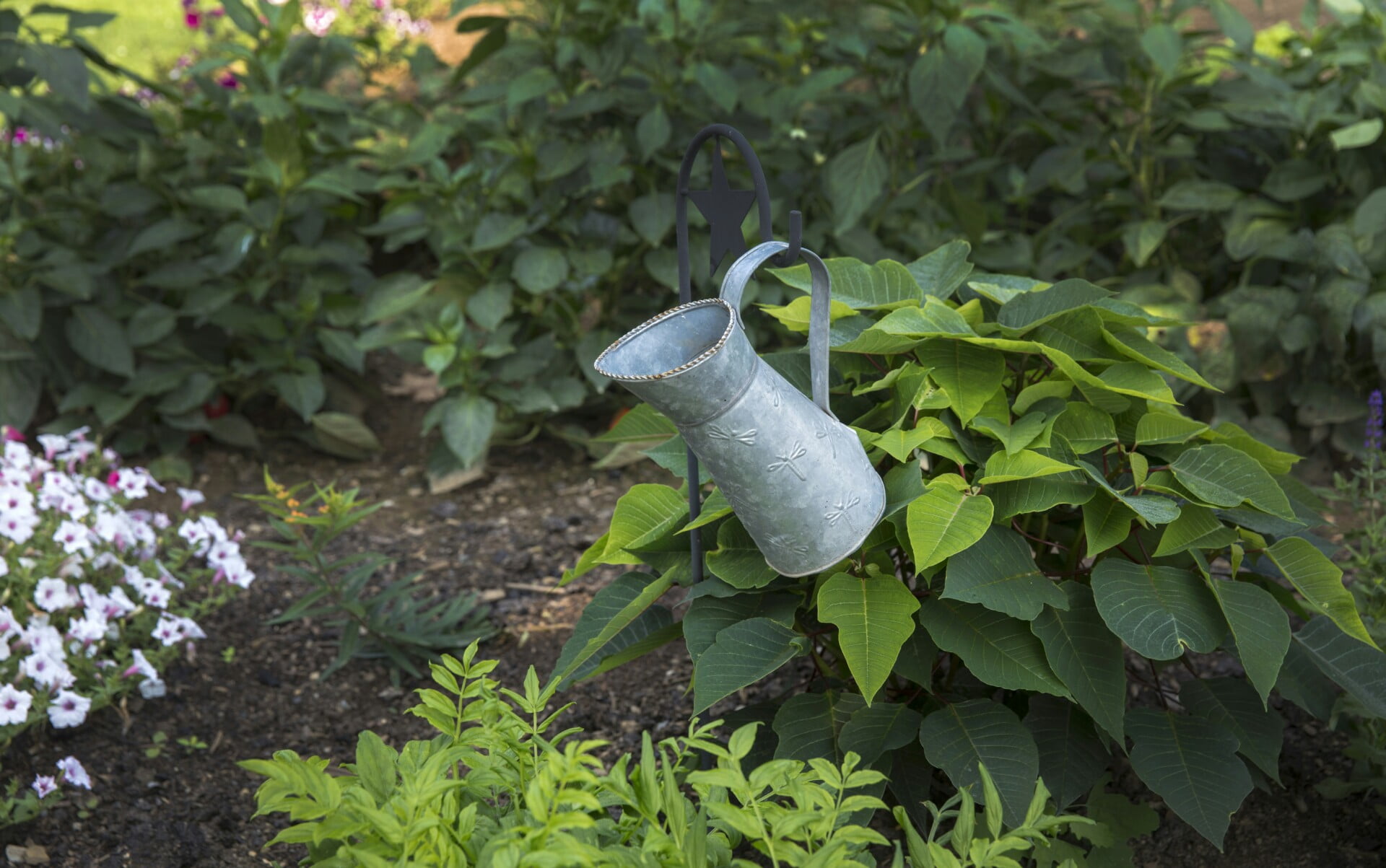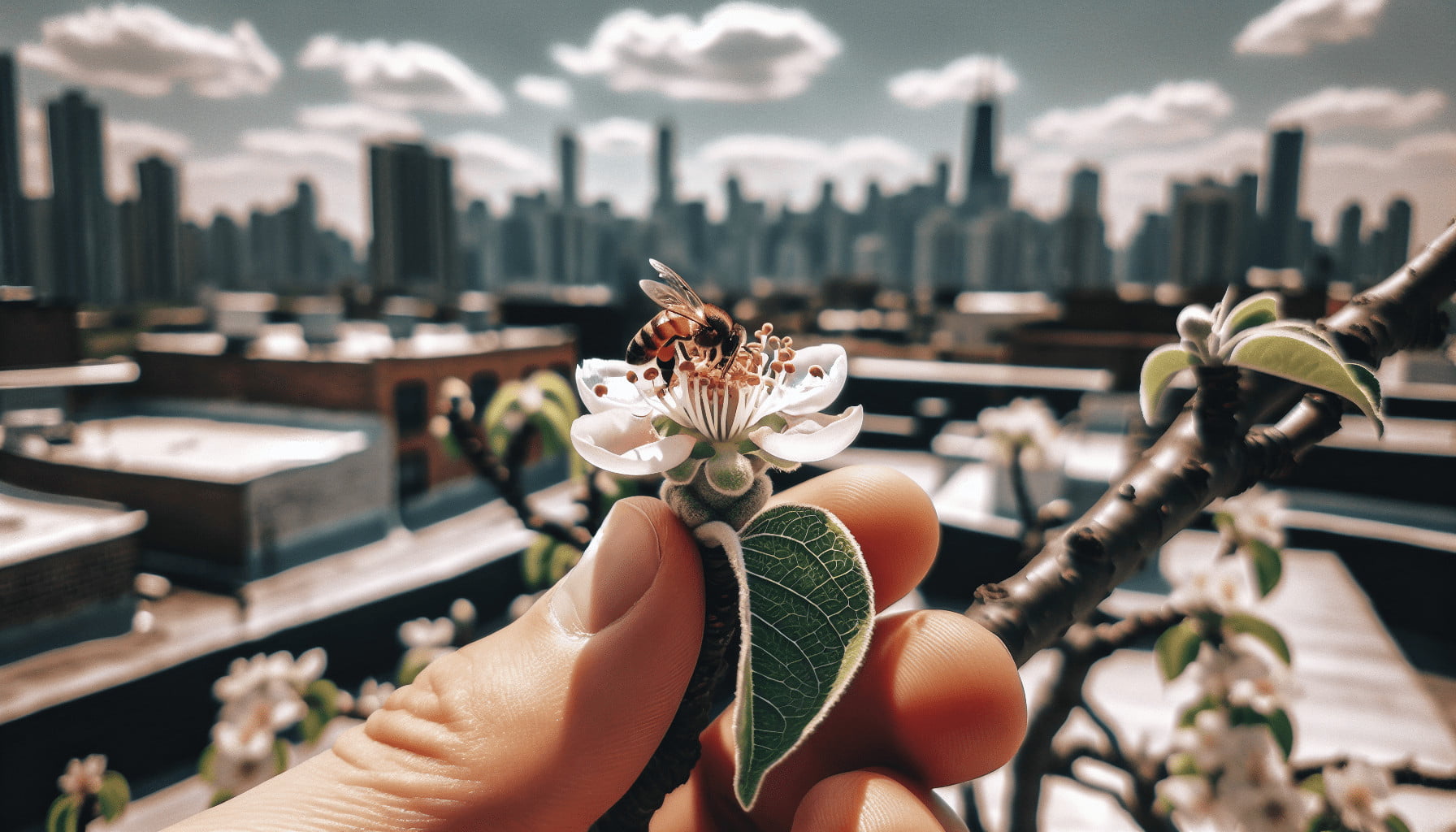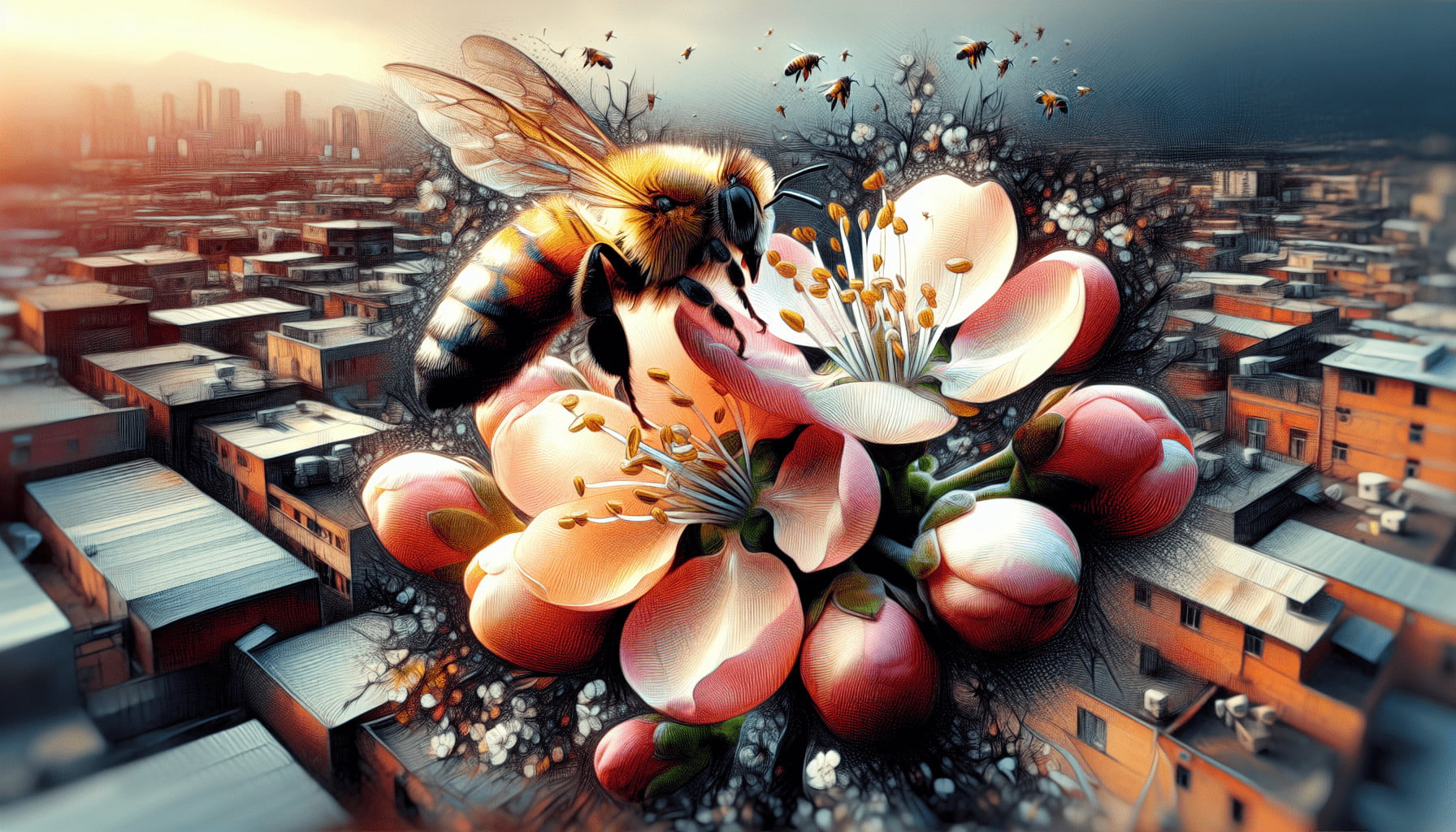Have you ever thought about growing your own fruit on your rooftop?
If you have a rooftop garden and are considering growing fruit trees, you may be wondering about how to pollinate them effectively. Proper pollination is essential for fruit trees to produce a bountiful harvest. In this article, we will explore the different methods of pollinating fruit trees on your rooftop so you can enjoy the fruits of your labor.
Understanding the Basics of Pollination
Pollination is the process of transferring pollen from the male reproductive organs to the female reproductive organs of a plant, enabling fertilization and the production of seeds. In fruit trees, pollination is crucial for the development of fruit. Without proper pollination, fruit trees may produce fewer or no fruits at all.
Types of Pollination
There are two main types of pollination: self-pollination and cross-pollination.
Self-pollination occurs when a flower’s pollen is transferred to the stigma of the same flower or another flower on the same plant. This can happen with the help of wind, insects, or gravity. Self-pollination is common in some fruit trees, such as peaches and apricots.
Cross-pollination, on the other hand, involves the transfer of pollen between flowers on different plants of the same species. This can lead to stronger and more vigorous fruit production. Some fruit trees, like apples and cherries, require cross-pollination to yield a good harvest.
Importance of Pollinators
Pollinators play a crucial role in the pollination process. Bees, butterflies, birds, and other insects are essential for transferring pollen between flowers. Without pollinators, fruit trees may not be able to produce fruit. By attracting pollinators to your rooftop garden, you can improve your fruit tree’s chances of successful pollination.

How to Attract Pollinators to Your Rooftop Garden
If you want to ensure successful pollination of your fruit trees on your rooftop, attracting pollinators is key. Here are some tips to attract pollinators to your rooftop garden:
Plant a Variety of Flowers
Planting a variety of flowers in your rooftop garden can attract a diverse range of pollinators. Bees, butterflies, and other insects are attracted to flowers with bright colors and sweet scents. Consider planting bee-friendly flowers such as lavender, sunflowers, and wildflowers to attract pollinators to your rooftop garden.
Provide Water Sources
Pollinators need water to survive, especially during the hot summer months. Consider setting up a small water source, such as a birdbath or shallow dish, to provide pollinators with a place to drink and cool off. Make sure to keep the water clean and fresh to attract more pollinators to your rooftop garden.
Avoid Pesticides
Pesticides can be harmful to pollinators, so it’s best to avoid using them in your rooftop garden. Instead, opt for organic pest control methods to protect your fruit trees without harming pollinators. You can also plant pest-repelling herbs such as basil and mint to keep pests at bay naturally.
Techniques for Pollinating Fruit Trees on Your Rooftop
Now that you have attracted pollinators to your rooftop garden, it’s time to learn about the different techniques for pollinating fruit trees. Depending on the type of fruit tree you have and the availability of pollinators, you may need to use one or more of the following pollination methods:
Hand Pollination
Hand pollination is a method of transferring pollen from the male flower to the female flower by hand. This technique is often used in situations where natural pollinators are scarce or when fruit trees require specific pollination for fruit production. To hand pollinate your fruit trees on your rooftop, follow these steps:
- Identify the male and female flowers on your fruit tree. Male flowers have pollen-producing stamens, while female flowers have sticky stigmas.
- Use a small brush or cotton swab to collect pollen from the male flower.
- Gently transfer the pollen to the stigma of the female flower, ensuring thorough coverage.
- Repeat this process for all the flowers on your fruit tree to ensure successful pollination.
Hand pollination can be time-consuming, but it can be a useful technique for ensuring fruit production in rooftop gardens with limited pollinators.
Wind Pollination
Some fruit trees, such as peaches and apricots, rely on wind for pollination. To facilitate wind pollination in your rooftop garden, consider planting fruit trees close together to enhance pollen transfer. You can also use a fan to simulate wind and help spread pollen between flowers.
Insect Pollination
Insect pollination, particularly bee pollination, is crucial for many fruit trees, such as apples and cherries. To encourage insect pollination in your rooftop garden, plant bee-friendly flowers, provide water sources, and avoid pesticides. You can also consider installing beehives on your rooftop to attract and support pollinators.
Cross-Pollination
If you have fruit trees that require cross-pollination, such as apple trees, it’s essential to plant compatible varieties close together to ensure successful fruit production. Bees and other pollinators can transfer pollen between flowers on different trees, leading to increased fruit yield. Research the pollination requirements of your fruit trees and choose compatible varieties for a fruitful harvest.

Enhancing Pollination Success on Your Rooftop Garden
To enhance pollination success on your rooftop garden and ensure a bountiful harvest, consider the following tips:
Create a Pollinator-Friendly Habitat
Design your rooftop garden to attract and support pollinators by including a variety of flowers, water sources, and nesting sites. Make your garden a welcoming environment for bees, butterflies, and other pollinators to thrive and pollinate your fruit trees effectively.
Plant a Diverse Range of Fruit Trees
Planting a diverse range of fruit trees in your rooftop garden can increase the availability of pollen and support cross-pollination. Choose fruit tree varieties that bloom at different times to ensure continuous pollen availability throughout the growing season. By planting a variety of fruit trees, you can enhance pollination success and enjoy a variety of fruits.
Monitor Pollination Activity
Regularly monitor pollination activity in your rooftop garden to ensure that your fruit trees are being pollinated effectively. Check for the presence of pollinators, observe flower development, and track fruit set to gauge pollination success. If you notice any issues with pollination, consider implementing additional pollination techniques to support fruit production.

Conclusion
Pollinating fruit trees on your rooftop requires careful planning and attention to detail. By understanding the basics of pollination, attracting pollinators, and utilizing different pollination techniques, you can ensure successful fruit production in your rooftop garden. Create a pollinator-friendly habitat, plant a diverse range of fruit trees, and monitor pollination activity to enhance pollination success and enjoy a bountiful harvest of fresh fruits from your rooftop garden. Happy pollinating!


